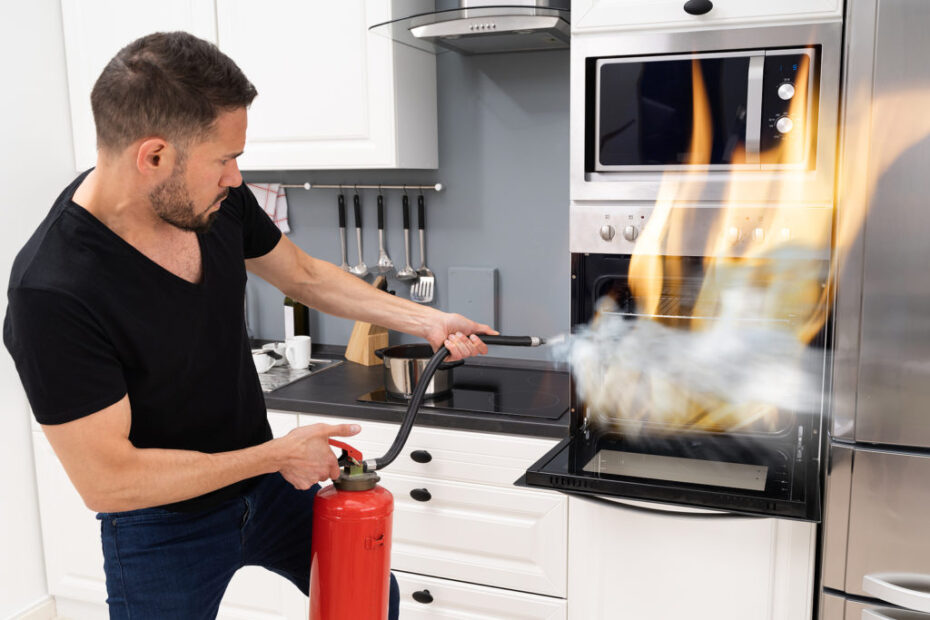Fire extinguishers can make all the difference when it comes to controlling a house fire. But due to inadequate maintenance and incorrect usage, fires often spread quickly, threatening lives and property. That’s why it’s so important that everyone knows how to properly use their extinguisher – early intervention is key.
By taking action in the first few minutes after ignition you can buy some time while waiting for professional help. Keep your fire extinguisher up-to-date with regular inspections and checkups, so if a blaze breaks out you’ll be ready to take control of the situation fast!
How to operate a fire extinguisher
Knowing how to operate a fire extinguisher is an important skill that can help prevent disasters. Fire extinguishers come in various types, all of which are color-coded and labeled according to their intended use. It’s essential to make sure you’re using the right type for your specific situation; water should never be used on electrical or greasy fires, for example.
To successfully put out a blaze with an extinguisher, there are four steps outlined by the acronym PASS: Pull (the pin), Aim (at flame surface), Squeeze (the lever above) and Sweep (from side-to-side).
Pull (Pin)
Unlock the extinguisher by pulling out the pin at its top. This mechanism prevents any careless or accidental usage. Test it right away, pointing it away from you to make sure that everything is working properly and to be able to judge how far the stream can reach. Doing this is essential for both confirming that your equipment works and becoming more familiar with its capabilities.
Aim
Approach the fire from a safe proximity. Aim the nozzle to its base and take action to put out the blaze. Keep your focus on extinguishing it, eliminating any unnecessary details that may distract you while staying alert for potential hazards.
Squeeze
Grip the handles and give them a firm squeeze to release the extinguishing agent. To turn off the flow, simply loosen your grip on the handles.
Squeeze again to keep discharging until you’re ready to stop – just let go of the handles when finished. Give a good hard squeeze each time for consistent output of extinguishing – then loosen up once done.
Sweep
Sweep the nozzle from side to side as you close in on the fire, aiming the fire extinguisher at its base. After putting out an A Class blaze, carefully inspect for any hot spots that could reignite it. Take a good look around and make sure all potential ignition sources are gone before leaving. Make each word count and be thorough when checking for smoldering embers to ensure your safety from future flames.
Fire Extinguisher Facts to Know
- Ensure all people in the household/office are familiar with fire extinguisher locations and how to operate them.
- Be sure to only use an extinguisher if it’s safe to do so; otherwise, exit the premises immediately.
- Unhook the safety pin by yanking it out – this will also break any plastic seals around it – then check that everything functions properly right away.
- Whenever possible, team up for extra security!
- Carry or drag your chosen extinguisher over to where you need it ASAP.
When faced with a raging fire, it’s often difficult to remember the directions that come with a fire extinguisher. If used incorrectly, the extinguisher might not put out the flames and could even cause harm. It’s paramount to take your time and assess how best to use an extinguisher in such situations – each step must be carefully considered if you want success in putting out any blaze. Being aware of these potential consequences will ensure that both safety and effectiveness are achieved when attempting to tackle fires of all sizes.
